Home>Furniture & Design>Bathroom Accessories>How To Get Into A Bathtub After Knee Replacement
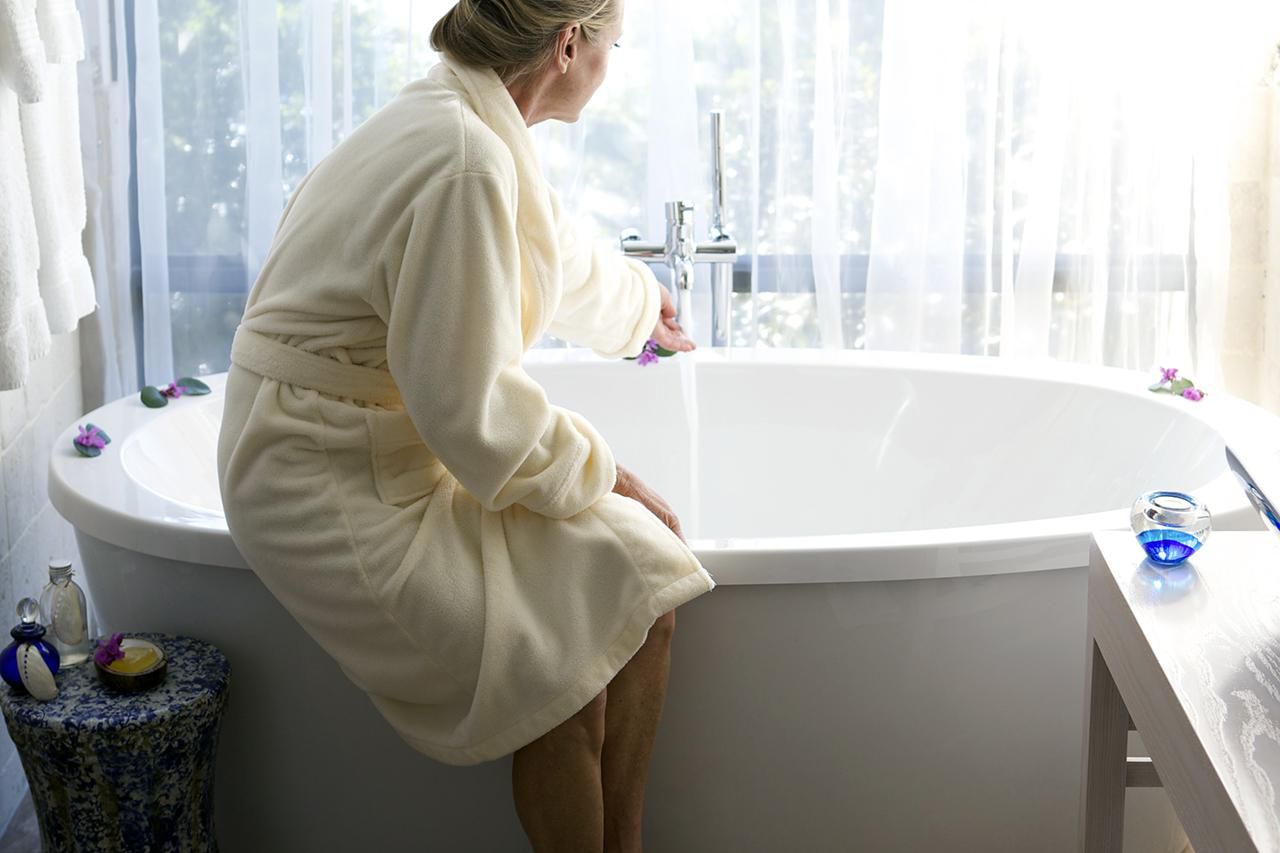

Bathroom Accessories
How To Get Into A Bathtub After Knee Replacement
Published: February 19, 2024
Learn how to make your bathroom accessible after knee replacement surgery with the right bathroom accessories. Find out how to get into a bathtub safely.
(Many of the links in this article redirect to a specific reviewed product. Your purchase of these products through affiliate links helps to generate commission for Storables.com, at no extra cost. Learn more)
Introduction
Recovering from knee replacement surgery can be a challenging journey, especially when it comes to everyday activities like bathing. The process of getting into a bathtub after knee replacement requires careful planning, consideration of safety measures, and the use of assistive devices to ensure a smooth and comfortable experience. This article aims to provide comprehensive guidance on how to navigate this task effectively, allowing individuals to regain their independence and confidence in their daily bathing routine.
The transition back to a regular bathing routine after knee replacement surgery can be daunting, but with the right approach and preparation, it is entirely achievable. By understanding the necessary steps and utilizing appropriate tools and techniques, individuals can ensure a safe and comfortable bathing experience while promoting their recovery and well-being.
In the following sections, we will explore the essential preparations needed to make the bathroom environment conducive to safe bathing post-surgery. Additionally, we will delve into the use of assistive devices that can aid in the process of getting into the bathtub with ease and minimal strain on the knees. Furthermore, we will discuss the step-by-step procedure for entering the bathtub after knee replacement, along with crucial safety tips to prevent accidents and promote a secure bathing experience.
By following the guidance provided in this article, individuals can approach the task of getting into a bathtub after knee replacement surgery with confidence and peace of mind, knowing that they have the necessary knowledge and tools to navigate this aspect of their recovery journey effectively.
Key Takeaways:
- Recovering from knee replacement surgery? Prepare your bathroom with grab bars, non-slip mats, and an adjustable shower chair for a safe and comfortable bathing experience.
- Use assistive devices like grab bars, handheld showerheads, and non-slip mats to ease the process of getting into a bathtub after knee replacement surgery. Prioritize safety and independence in your recovery journey.
Preparing the Bathroom
Preparing the bathroom for safe and comfortable use after knee replacement surgery is crucial for promoting a smooth recovery and minimizing the risk of accidents. By making necessary adjustments and incorporating assistive tools, individuals can create a supportive environment that facilitates independent and secure bathing experiences.
Clearing Clutter and Creating Space
Before attempting to use the bathtub post-surgery, it is essential to declutter the bathroom space to eliminate any potential hazards. Clearing the floor of any unnecessary items, such as bath mats, laundry baskets, or loose rugs, can prevent tripping and ensure unobstructed movement. Additionally, creating ample space around the bathtub area allows for easier maneuvering and reduces the risk of accidental falls.
Installing Grab Bars and Handrails
Installing grab bars and handrails in strategic locations within the bathroom can significantly enhance safety and stability during the bathing process. Securely affixing grab bars near the bathtub and shower area provides individuals with reliable support when entering or exiting the bathtub. Handrails strategically placed near the toilet and sink can also aid in maintaining balance and stability while navigating the bathroom space.
Non-Slip Bath Mats
Utilizing non-slip bath mats inside the bathtub and on the bathroom floor can mitigate the risk of slipping and falling. These mats provide traction and stability, reducing the likelihood of accidents, especially when maneuvering with limited mobility post-surgery.
Read more: How To Get Out Of A Bathtub With Bad Knees
Adjustable Shower Chair or Bench
Incorporating an adjustable shower chair or bench inside the bathtub area offers a practical solution for individuals seeking added support and comfort during bathing. These assistive devices provide a stable seating option, allowing individuals to bathe while minimizing strain on the knees and promoting a more relaxed bathing experience.
Adequate Lighting
Ensuring adequate lighting in the bathroom is essential for enhancing visibility and reducing the chances of missteps or accidents. Well-lit spaces enable individuals to navigate the bathroom with confidence, promoting a sense of security and independence.
By implementing these preparatory measures, individuals can transform their bathroom into a safe and accommodating environment, setting the stage for a successful and comfortable bathing experience after knee replacement surgery.
Using Assistive Devices
Incorporating assistive devices can significantly ease the process of getting into a bathtub after knee replacement surgery, providing individuals with the necessary support and stability to navigate this task with confidence. These devices are designed to enhance safety, reduce strain on the knees, and promote a more comfortable bathing experience. By understanding the various assistive tools available, individuals can select the most suitable options based on their specific needs and preferences.
Read more: How To Get Out Of A Bathtub With Bad Knees
Adjustable Shower Chair or Bench
An adjustable shower chair or bench serves as a valuable aid for individuals seeking added support and stability while entering the bathtub. These devices are designed to fit inside the bathtub area, providing a secure seating option for individuals to comfortably bathe without exerting unnecessary pressure on their knees. The adjustable feature allows for customization based on height and preference, ensuring optimal comfort and safety during the bathing process.
Handheld Showerhead
A handheld showerhead offers enhanced flexibility and convenience, allowing individuals to direct the water flow precisely where needed. This feature eliminates the need to maneuver under a fixed showerhead, providing individuals with greater control over their bathing experience. With the ability to adjust the water flow and angle, a handheld showerhead facilitates a more accessible and personalized bathing routine, catering to individual comfort and mobility levels.
Grab Bars and Handrails
The installation of grab bars and handrails near the bathtub area plays a crucial role in enhancing stability and support during the process of getting into the bathtub. These fixtures provide individuals with reliable anchor points to hold onto while maneuvering in and out of the bathtub, reducing the risk of slips and falls. The presence of grab bars and handrails instills confidence and reassurance, enabling individuals to navigate the bathing process with greater ease and security.
Non-Slip Bath Mats
Non-slip bath mats are essential in creating a secure and slip-resistant surface inside the bathtub. These mats offer traction and stability, minimizing the risk of accidental slips and falls while bathing. By providing a reliable foothold, non-slip bath mats contribute to a safer bathing environment, particularly for individuals with limited mobility or post-surgery discomfort.
Reacher Grabber Tool
A reacher grabber tool can be a valuable addition to the bathing routine, allowing individuals to access items or adjust the water controls without unnecessary bending or stretching. This tool eliminates the need for strenuous movements, reducing strain on the knees and promoting a more effortless bathing experience. With its extended reach and grip capabilities, a reacher grabber tool enhances convenience and independence during the bathing process.
By incorporating these assistive devices, individuals can navigate the task of getting into a bathtub after knee replacement surgery with greater ease and confidence, promoting a safer and more comfortable bathing experience. These tools not only facilitate the bathing routine but also contribute to the overall well-being and independence of individuals during their recovery journey.
Read more: When To Replace A Bathtub
Getting into the Bathtub
Navigating the process of getting into a bathtub after knee replacement surgery requires a thoughtful approach and the utilization of appropriate techniques to ensure a safe and comfortable experience. By following a step-by-step procedure and leveraging assistive devices, individuals can effectively manage this task while minimizing strain on their knees and promoting a smooth transition back to their bathing routine.
-
Preparation: Before attempting to enter the bathtub, it is essential to ensure that the bathroom environment is conducive to safe and seamless maneuvering. Clearing clutter, securing non-slip bath mats, and adjusting the position of the adjustable shower chair or bench inside the bathtub are crucial preparatory steps. These measures create a supportive and hazard-free space, setting the stage for a successful entry into the bathtub.
-
Positioning: With the assistance of grab bars and handrails, carefully position yourself near the edge of the bathtub. Utilize the support provided by the grab bars to maintain stability and balance as you prepare to transition into the bathtub. The presence of reliable anchor points significantly enhances safety and confidence during this phase of the process.
-
Seating: If utilizing an adjustable shower chair or bench, ensure that it is securely positioned inside the bathtub at the desired height. Slowly lower yourself onto the chair or bench, maintaining a controlled and steady descent. The adjustable feature allows for customization based on individual comfort and mobility levels, ensuring a personalized and secure seating position.
-
Entry: With the aid of the grab bars and the stable seating provided by the chair or bench, carefully maneuver your legs into the bathtub, maintaining a smooth and controlled movement. Take your time to adjust your position and ensure that you feel secure and balanced before fully transitioning into the bathtub.
-
Comfort and Stability: Once inside the bathtub, take a moment to acclimate to the seating arrangement and ensure that you are positioned comfortably and securely. The non-slip bath mats inside the bathtub surface provide additional stability, minimizing the risk of slips or discomfort during the bathing process.
-
Bathing: With the support of the handheld showerhead and the convenience of the reacher grabber tool, individuals can personalize their bathing routine, adjusting the water flow and accessing bathing essentials with ease. The presence of these assistive devices enhances independence and comfort, allowing individuals to engage in a relaxing and rejuvenating bathing experience.
By following these steps and leveraging the support of assistive devices, individuals can successfully navigate the process of getting into a bathtub after knee replacement surgery. This approach prioritizes safety, comfort, and independence, empowering individuals to embrace their bathing routine with confidence and peace of mind.
Safety Tips
Ensuring a safe bathing experience after knee replacement surgery involves implementing essential safety measures and adhering to best practices to minimize the risk of accidents and promote overall well-being. By prioritizing safety, individuals can approach the task of getting into a bathtub with confidence and peace of mind, knowing that they have taken necessary precautions to safeguard their recovery journey.
-
Steady Support: Utilize grab bars and handrails strategically placed near the bathtub to provide reliable support and stability during the process of entering and exiting the bathtub. These fixtures serve as anchor points, allowing individuals to maintain balance and control, reducing the risk of slips and falls.
-
Secure Seating: When using an adjustable shower chair or bench inside the bathtub, ensure that it is securely positioned and locked in place to prevent any shifting or instability during use. The stability of the seating option is essential for promoting a secure and comfortable bathing experience.
-
Non-Slip Surfaces: Incorporate non-slip bath mats inside the bathtub to create a secure and slip-resistant surface. These mats offer traction and stability, minimizing the risk of accidental slips and falls, particularly when maneuvering with limited mobility post-surgery.
-
Careful Maneuvering: Take your time when transitioning into the bathtub, ensuring controlled and deliberate movements to minimize strain on the knees and maintain stability. Avoid sudden or jerky motions, prioritizing a gradual and cautious approach to entering and seating yourself in the bathtub.
-
Adequate Lighting: Ensure that the bathroom is well-lit to enhance visibility and reduce the chances of missteps or accidents. Proper lighting contributes to a safe and accessible bathing environment, allowing individuals to navigate the space with confidence and clarity.
-
Assistive Device Maintenance: Regularly inspect and maintain assistive devices such as grab bars, handrails, and shower chairs to ensure their stability and functionality. Any signs of wear or instability should be addressed promptly to uphold the safety and reliability of these supportive tools.
-
Personal Assistance: If needed, seek assistance from a caregiver or family member when navigating the process of getting into the bathtub, especially during the initial stages of post-surgery recovery. Having a supportive presence can provide added reassurance and assistance as individuals regain their confidence and mobility.
By adhering to these safety tips and integrating them into the bathing routine, individuals can create a secure and supportive environment that promotes a smooth and comfortable transition back to their bathing regimen. Prioritizing safety not only minimizes the risk of accidents but also fosters a sense of confidence and independence, empowering individuals to embrace their recovery journey with resilience and peace of mind.
Conclusion
In conclusion, the process of getting into a bathtub after knee replacement surgery necessitates careful planning, thoughtful preparation, and the utilization of assistive devices to ensure a safe and comfortable experience. By implementing essential safety measures, creating a supportive bathroom environment, and following a step-by-step approach, individuals can navigate this task with confidence and peace of mind, promoting their recovery and well-being.
The preparatory steps, including decluttering the bathroom space, installing grab bars and handrails, incorporating non-slip bath mats, and ensuring adequate lighting, play a pivotal role in creating a safe and accommodating environment for post-surgery bathing. These adjustments not only enhance safety but also foster a sense of independence and confidence for individuals as they resume their bathing routine.
The use of assistive devices such as adjustable shower chairs or benches, handheld showerheads, grab bars, non-slip bath mats, and reacher grabber tools significantly eases the process of getting into the bathtub, providing individuals with the necessary support and stability. These tools empower individuals to personalize their bathing experience, minimize strain on their knees, and promote a more relaxed and secure bathing routine.
The step-by-step procedure for entering the bathtub emphasizes the importance of careful positioning, controlled seating, and gradual maneuvering, ensuring a smooth and secure transition into the bathtub. By following these steps and leveraging the support of assistive devices, individuals can approach the task with confidence, knowing that they have the necessary tools and knowledge to navigate this aspect of their recovery journey effectively.
Furthermore, prioritizing safety through steady support, secure seating, non-slip surfaces, careful maneuvering, adequate lighting, and assistive device maintenance fosters a secure and supportive bathing environment. These safety measures not only minimize the risk of accidents but also contribute to the overall well-being and confidence of individuals as they regain their independence in their bathing routine.
In essence, the guidance provided in this article equips individuals with the necessary information and resources to approach the task of getting into a bathtub after knee replacement surgery with resilience and confidence. By integrating preparatory measures, utilizing assistive devices, following a step-by-step procedure, and prioritizing safety, individuals can embrace their recovery journey with a sense of empowerment and assurance, reclaiming their independence and comfort in their daily bathing routine.
Frequently Asked Questions about How To Get Into A Bathtub After Knee Replacement
Was this page helpful?
At Storables.com, we guarantee accurate and reliable information. Our content, validated by Expert Board Contributors, is crafted following stringent Editorial Policies. We're committed to providing you with well-researched, expert-backed insights for all your informational needs.
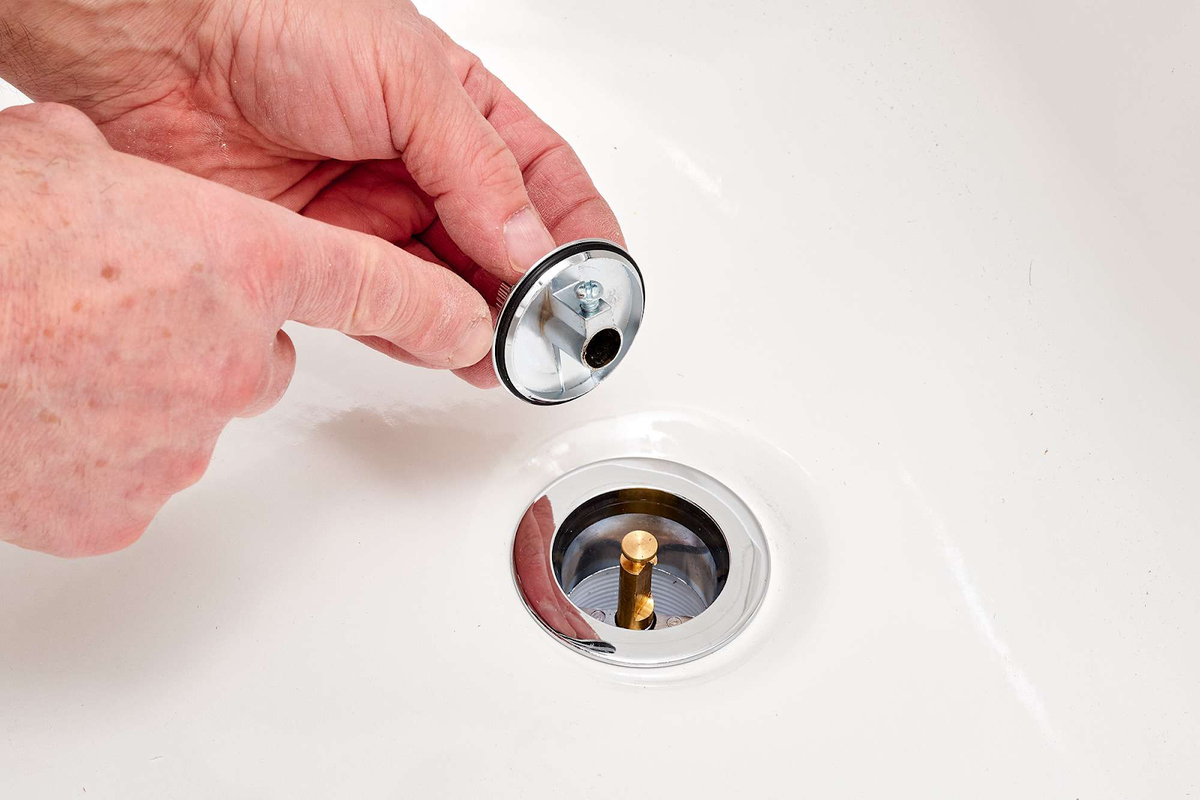
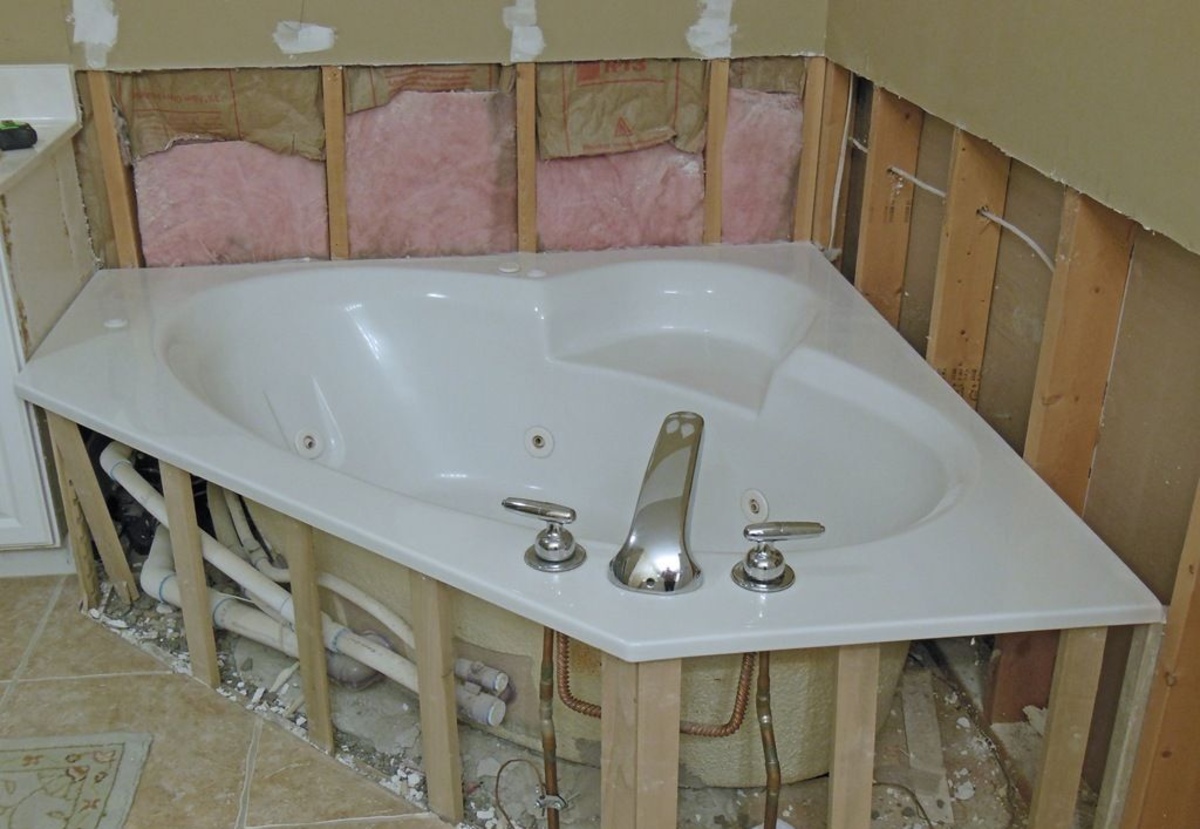
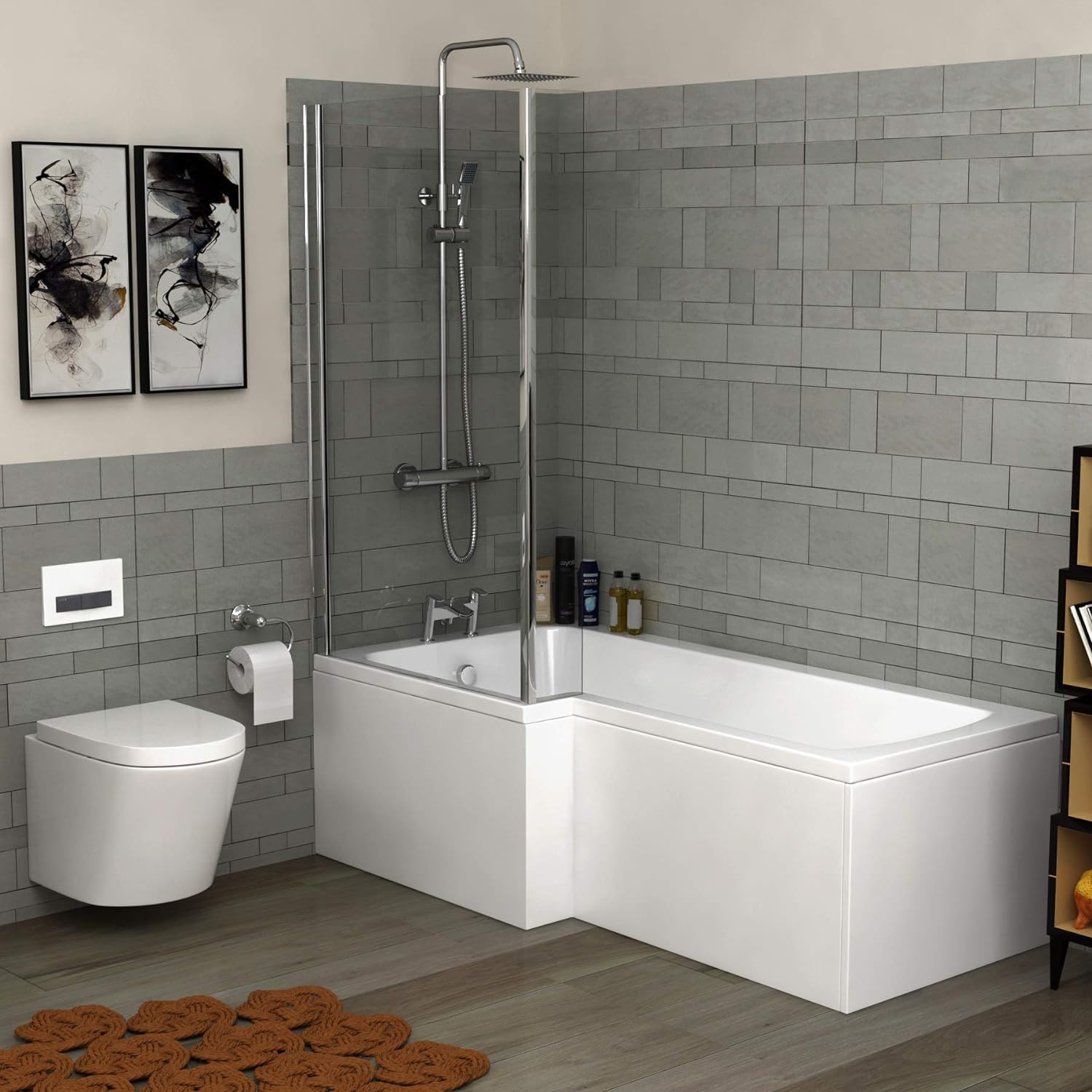
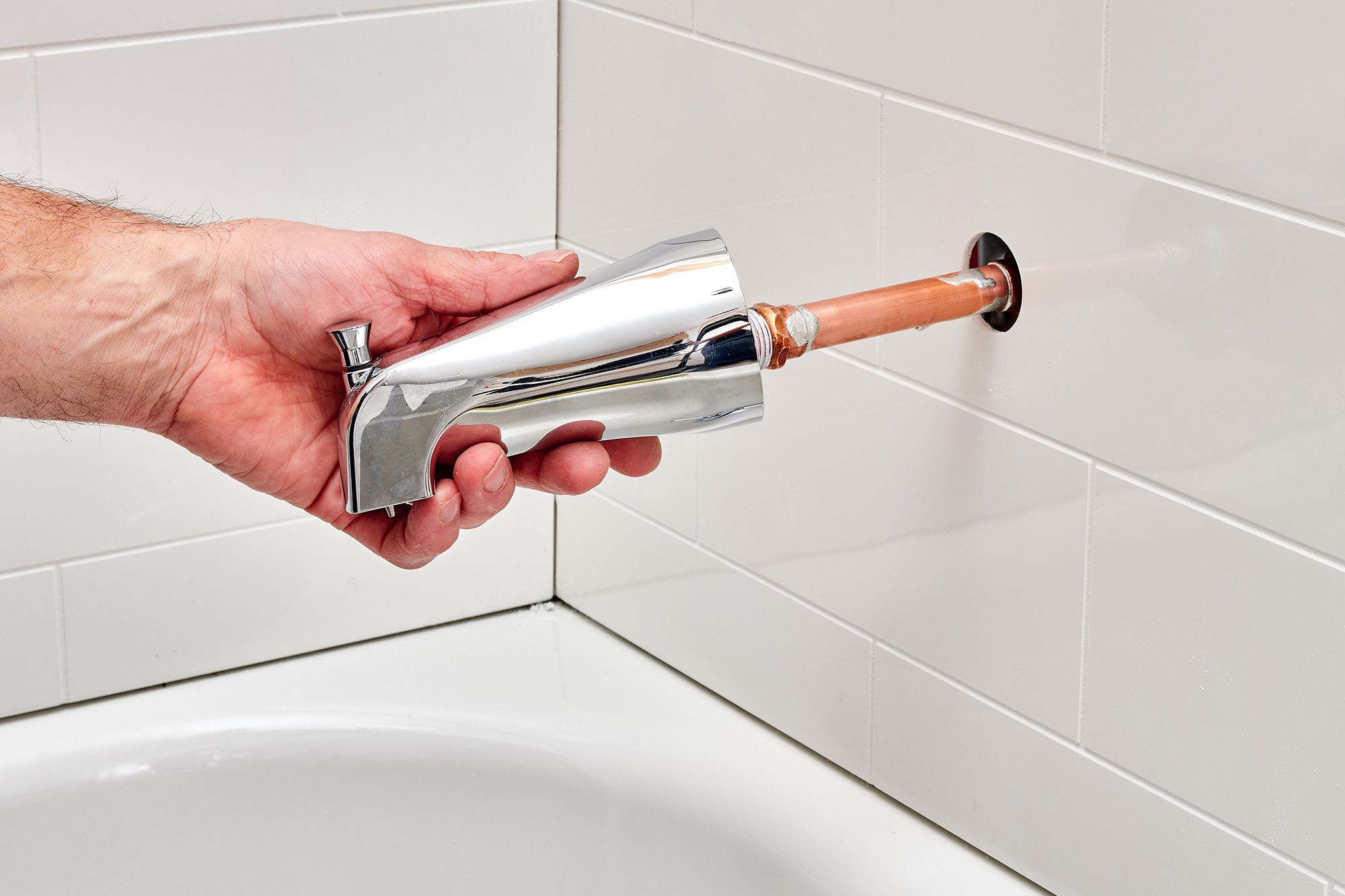
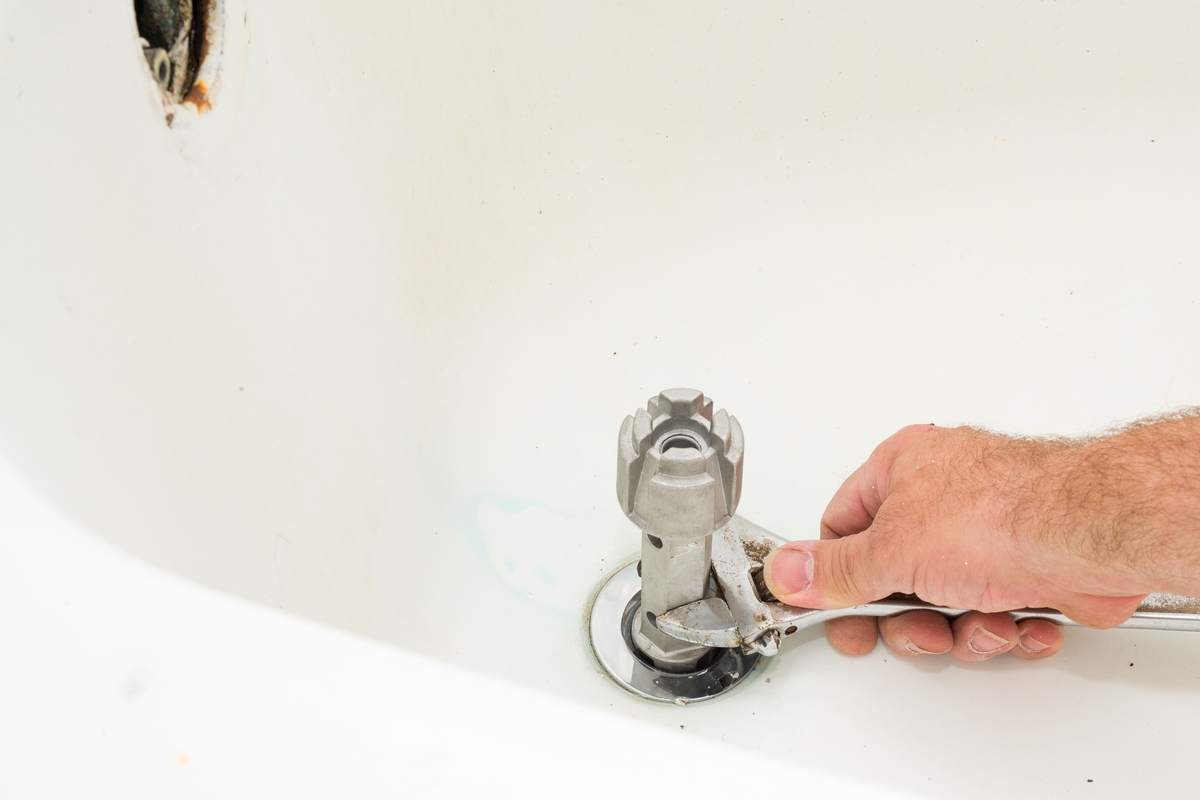
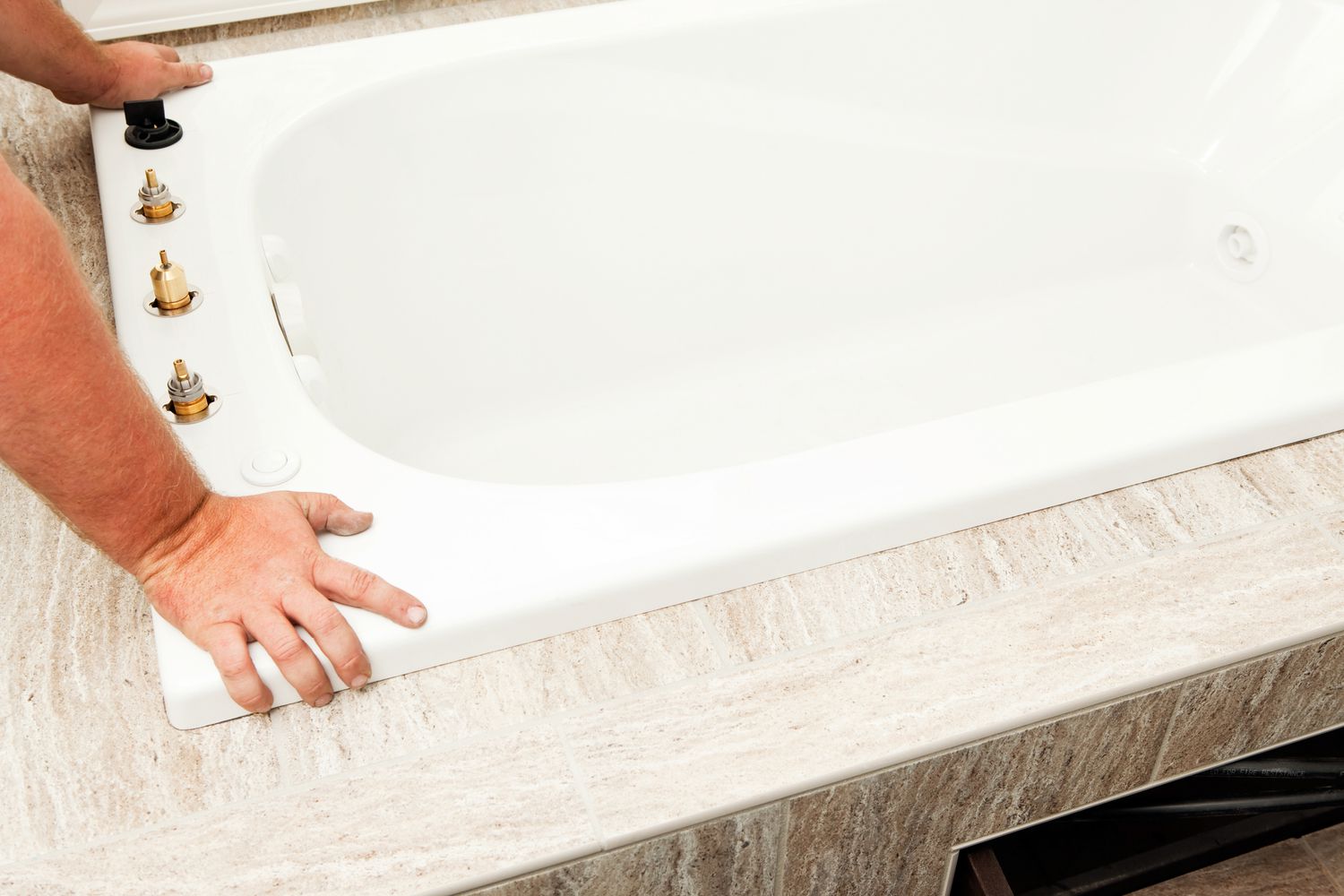
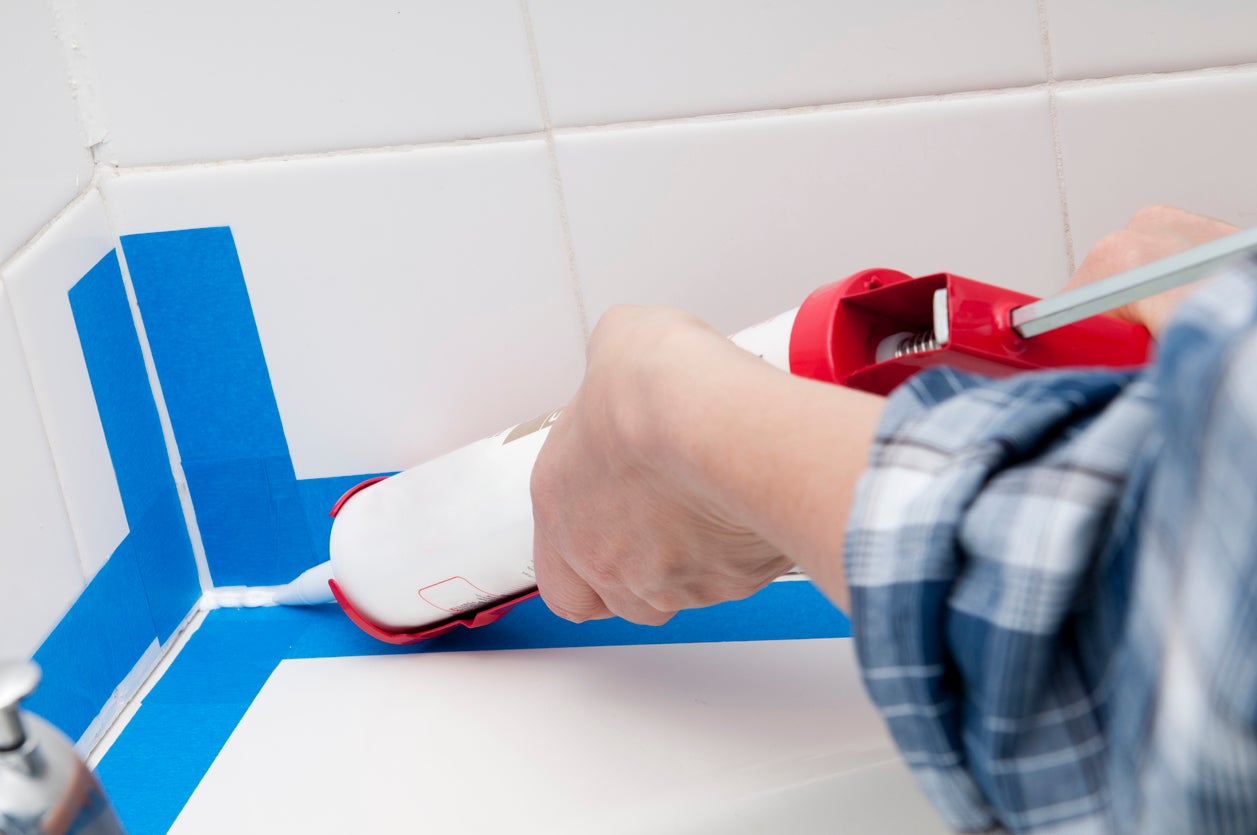
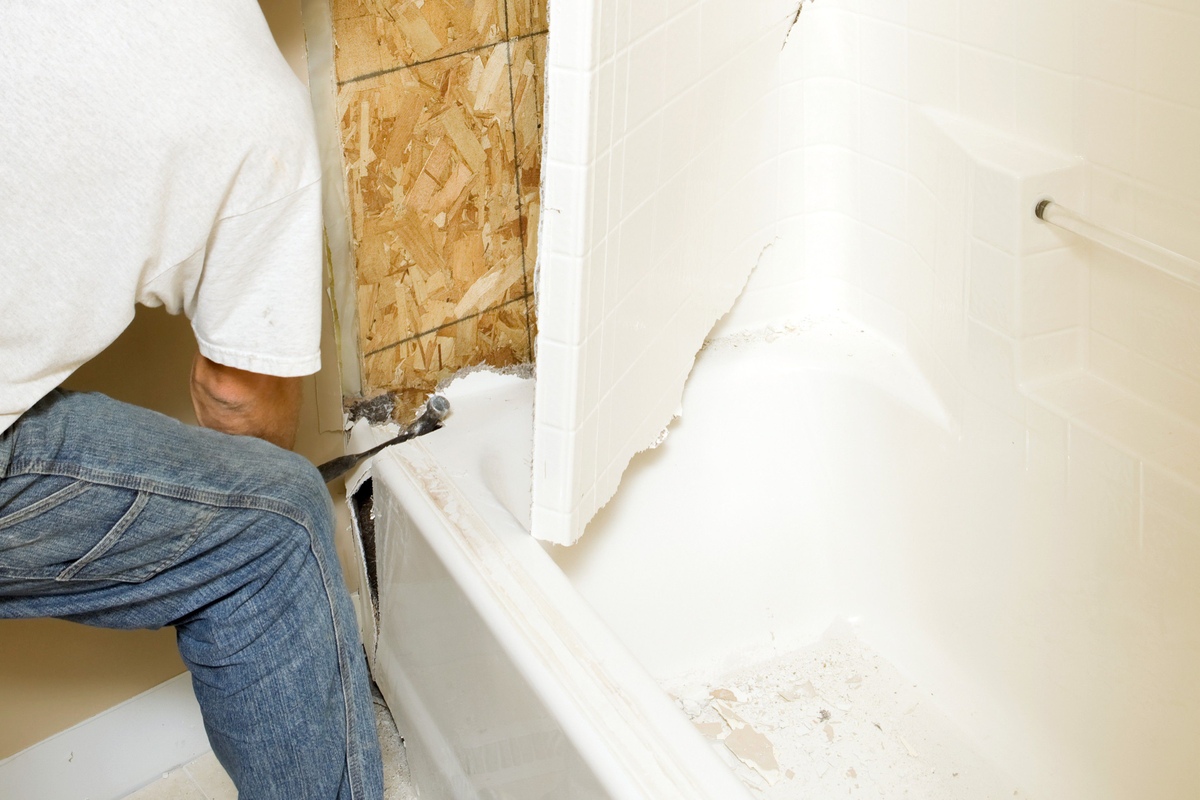
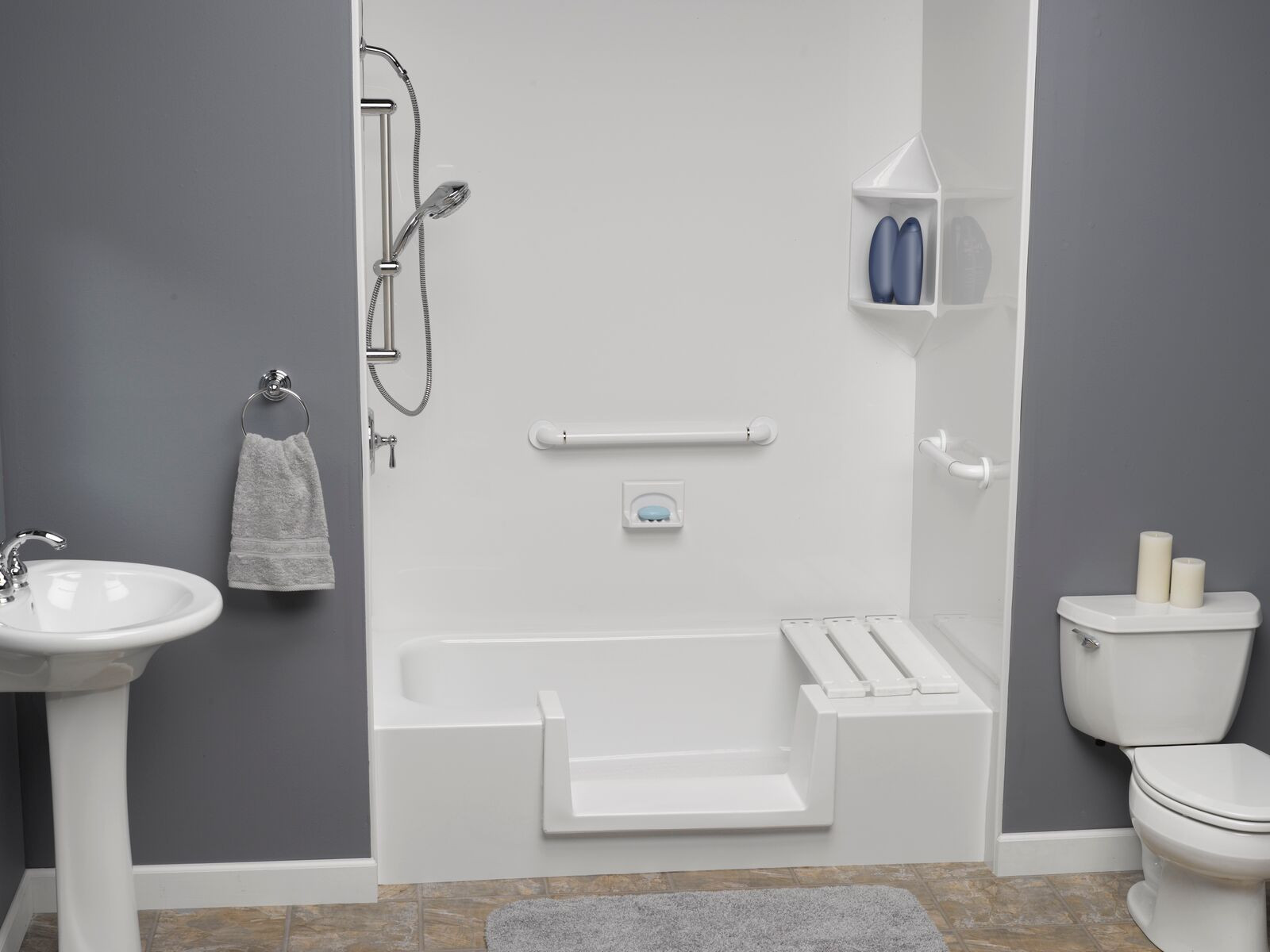
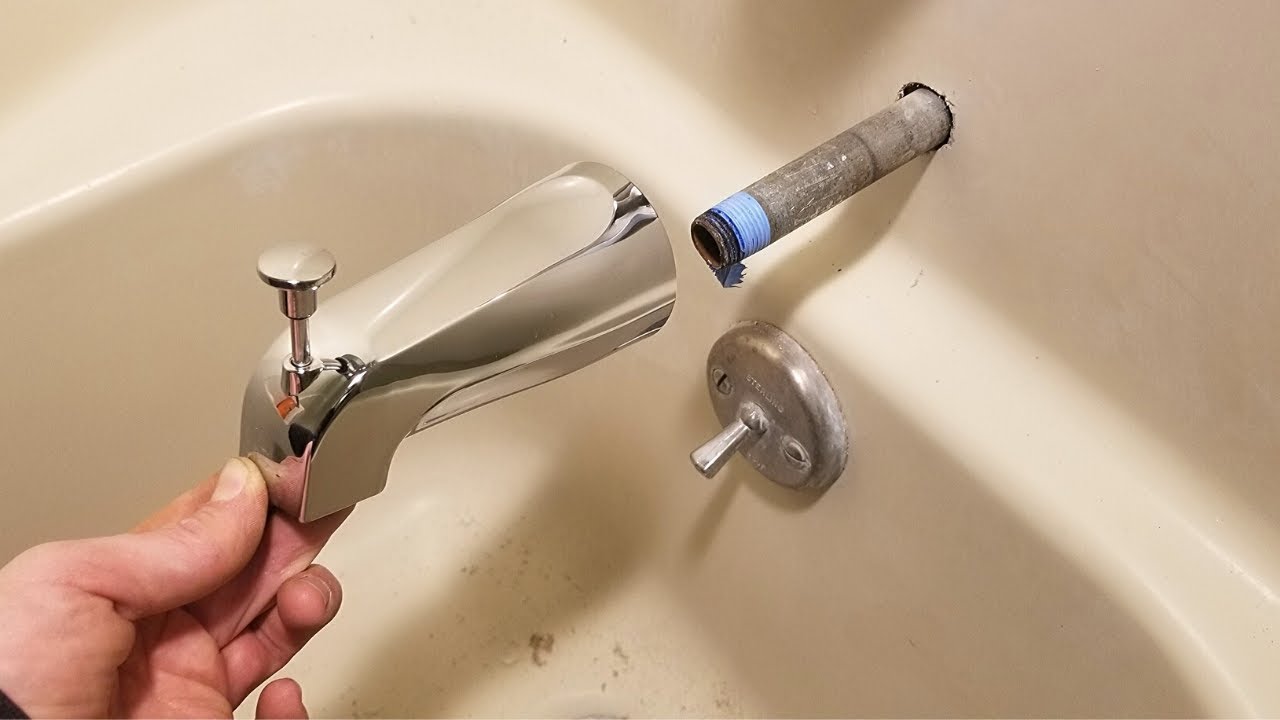
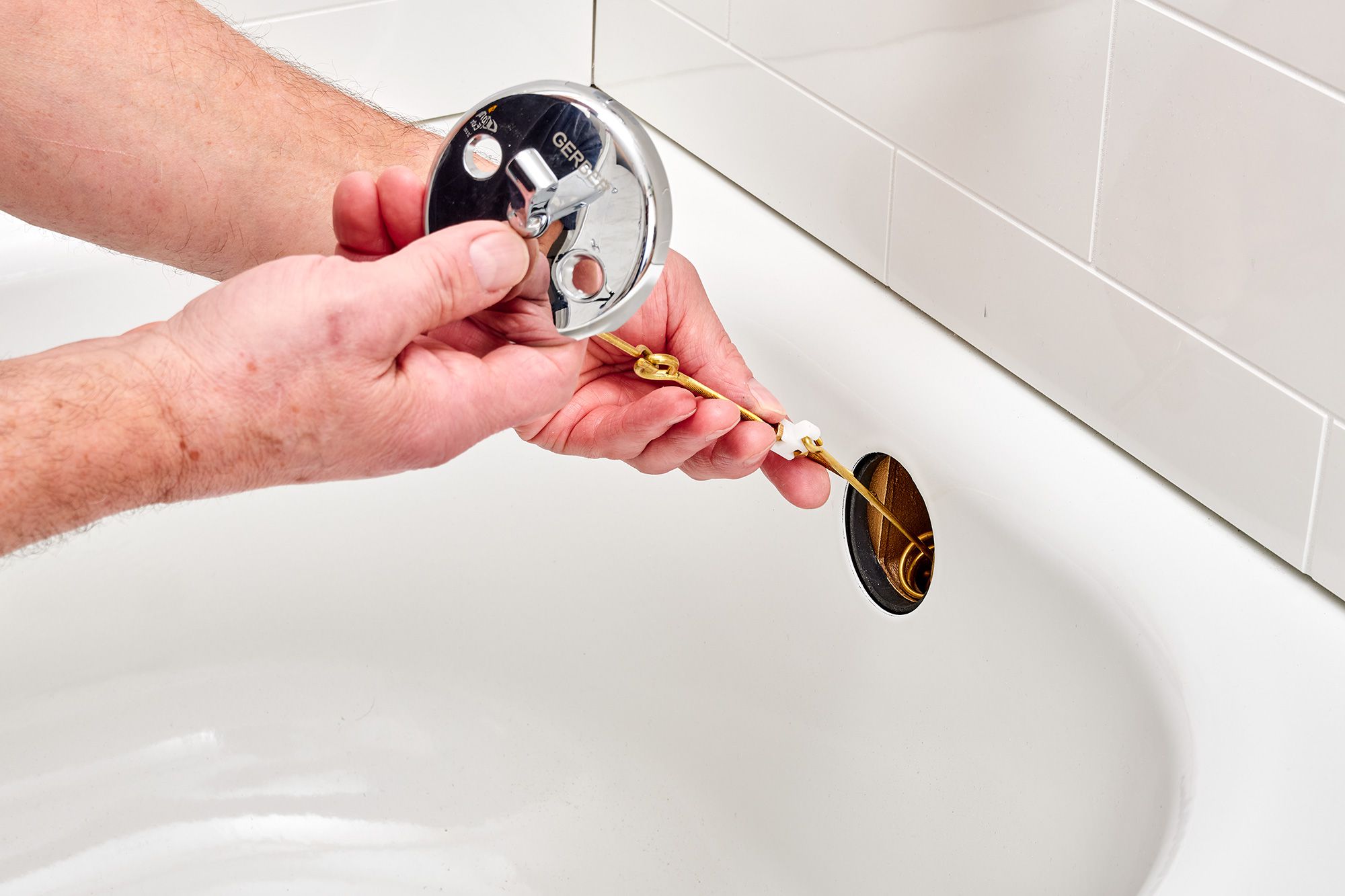
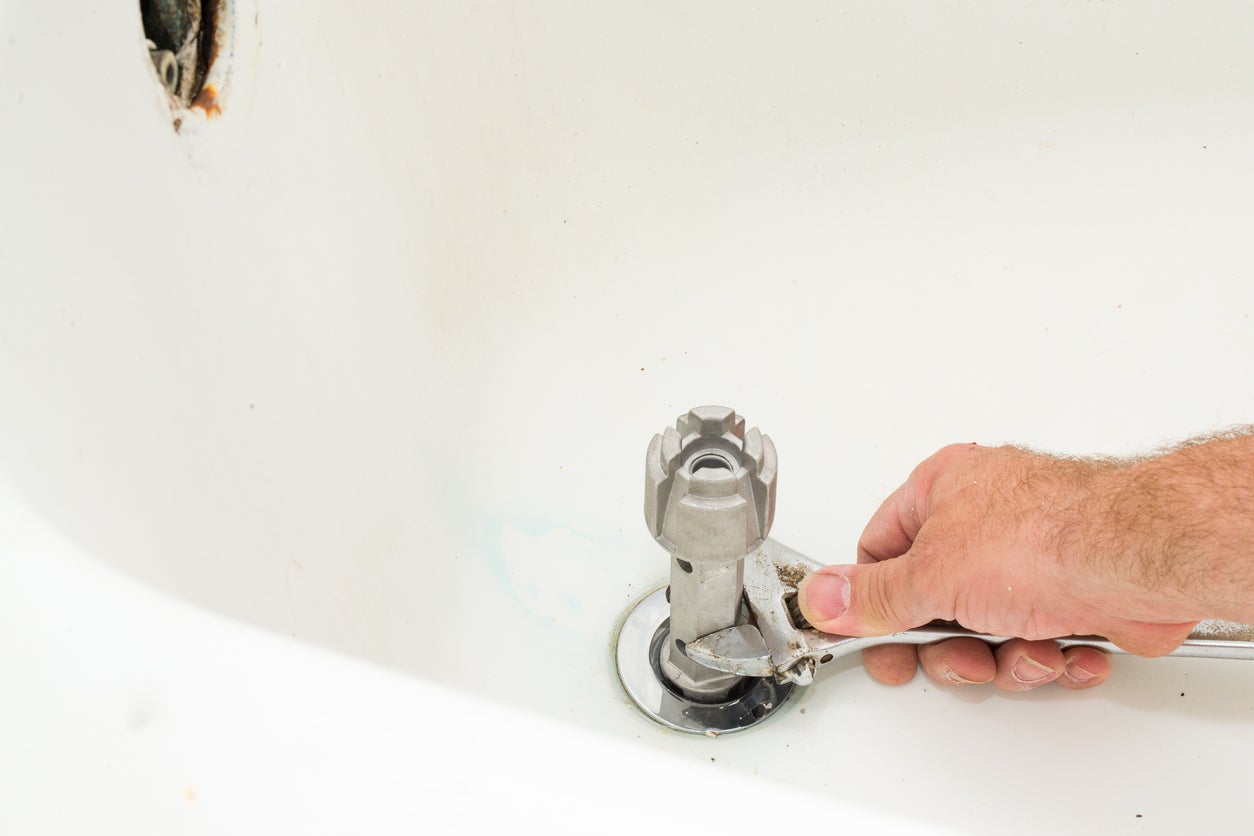

0 thoughts on “How To Get Into A Bathtub After Knee Replacement”